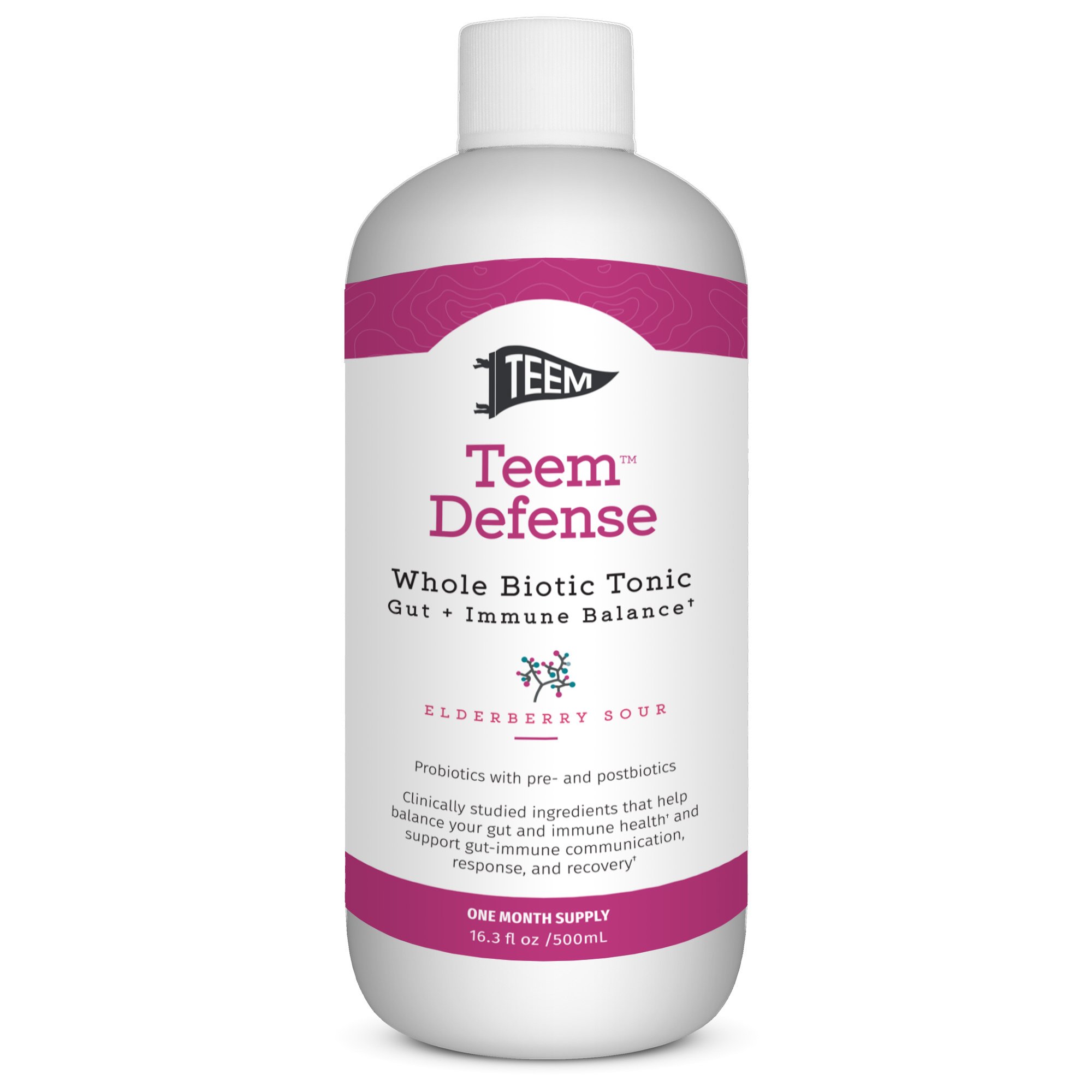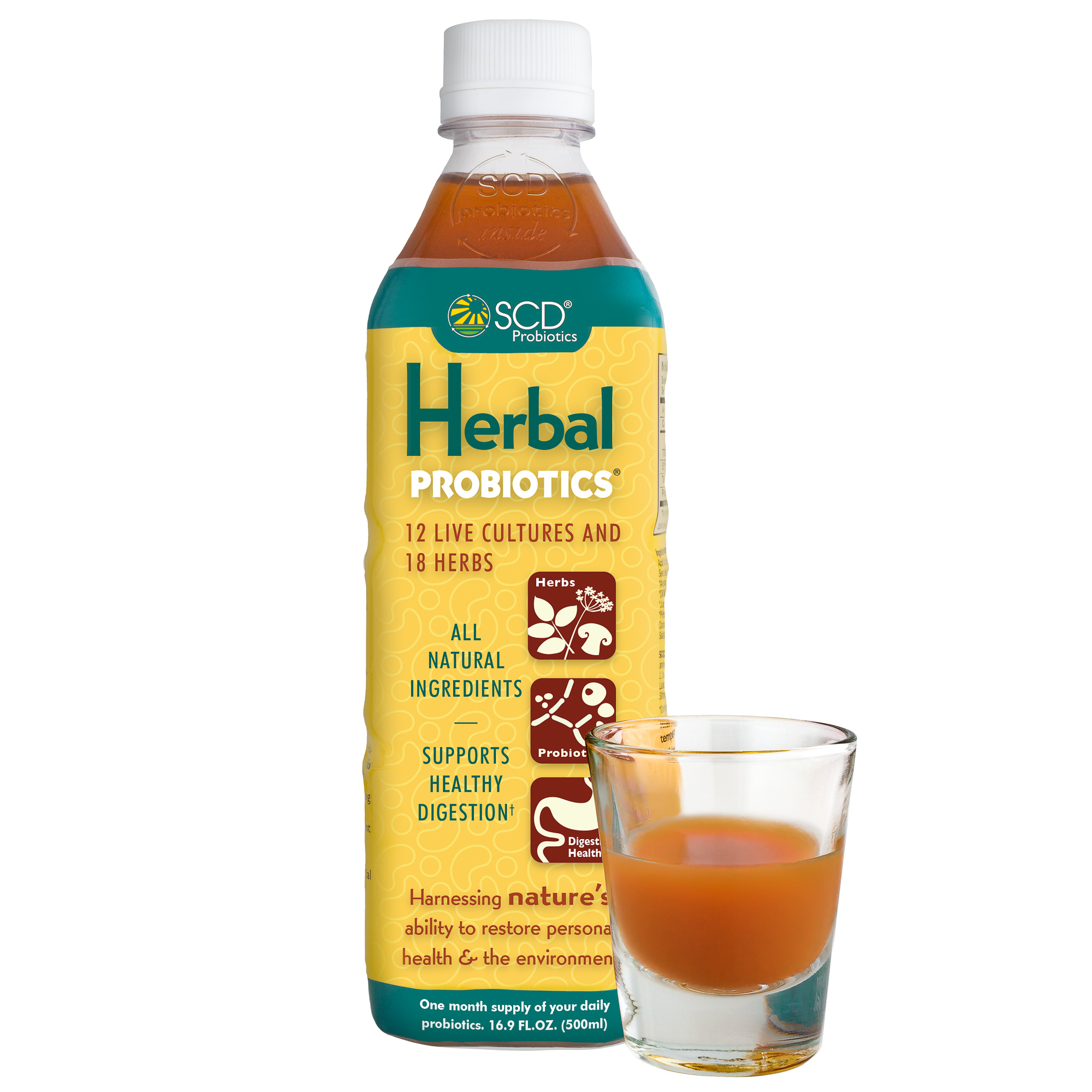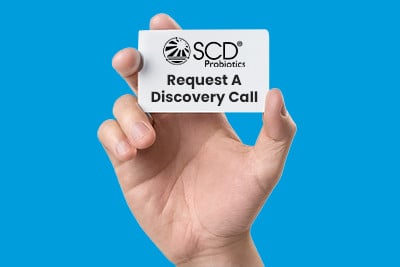Wondering if probiotic foods or supplements are better for gut health? Discover how probiotic strain diversity, stomach acid survival, and effectiveness compare in this detailed guide.

Probiotic Foods vs. Probiotic Supplements: What’s Better for Your Gut?
From yogurt commercials to fizzy kombucha bottles lining health store shelves, probiotics are everywhere. But are the probiotics in your fridge doing as much for your gut as you think? And how do they compare to next-gen supplements like SCD Essential Probiotics®, a potent liquid packed with soil-based microbes?
Let’s take a closer look at the world of probiotic foods, what they really offer, and why the right supplement might be the missing piece in your wellness routine.
Probiotic Foods: Nature’s Microbe Boosters
Probiotic foods are naturally fermented, meaning they’re loaded with live bacteria that support digestion, immune health, and gut balance. But not all probiotic foods are created equal. Some are superstars, while others lose their benefits in processing—or your stomach acid.
Here’s a snapshot of the most popular probiotic foods, with their pros and cons:
🥣 Yogurt
Pros: Widely available, easy to eat, often includes Lactobacillus and Bifidobacterium
Cons: Limited strain diversity; can be high in sugar and additives
🥛 Kefir
Pros: Tangy and packed with multiple strains of bacteria and yeast
Cons: May contain added sugars; not everyone loves the taste
🥬 Sauerkraut & Kimchi
Pros: Rich in Lactobacillus, fiber, and flavor
Cons: Store-bought versions are often pasteurized (killing off beneficial bacteria)
🍜 Miso
Pros: Deep umami flavor and natural probiotics
Cons: Often cooked in soups, which destroys live microbes
🍞 Sourdough Bread
Pros: Easier to digest than standard bread
Cons: Baking kills most probiotic activity
🍱 Natto
Pros: Loaded with Bacillus subtilis and vitamin K2 for bone health
Cons: Strong smell and sticky texture are not for the faint of heart
🧀 Aged Cheeses (Gouda, Cheddar, Swiss)
Pros: Tasty and rich in calcium
Cons: High in fat and salt; microbial content varies
🧃 Kombucha
Pros: Fizzy and fun to drink, contains both bacteria and yeast
Cons: High in acids and sugars; flavor can be polarizing
🧪 How Soil-Based Probiotic Supplements Compare
Fermented foods are great—but they aren’t always consistent. That’s where supplements come in, especially soil-based organisms (SBOs) like those in SCD Essential Probiotics®.
Here’s what makes this liquid probiotic stand out:
✅ More Diversity, More Benefits
Most probiotic foods only offer 1–3 strains.
SCD Essential Probiotics®? 11 live strains from 4 different microbial families—all working together to support your gut.
✅ Prebiotics + Postbiotics = Total Support
Each bottle is fermented with organic molasses and antioxidant-rich fruit juices (like cherry, blueberry, and pomegranate), creating:
-
Prebiotics: Nourish the probiotics
-
Postbiotics: Bioactive compounds like short-chain fatty acids, enzymes, and vitamins
✅ Built to Survive the Journey
The probiotic strains in SCD Essential Probiotics are acid-tolerant—proven to survive 16x better than leading brands. So while many bacteria from food don’t survive your stomach acid, these tough microbes go the distance.
✅ No Refrigeration Required
Unlike many probiotic-rich foods or capsules, SCD Essential Probiotics is shelf-stable. You can take it on the go, mix it with juice, or add it to your morning routine—no fridge needed.
Probiotic Foods vs. Probiotic Supplements: CFU Breakdown
| Food/Supplement | Estimated CFU per Serving | Notes |
|---|---|---|
| Yogurt | 90 billion – 500 billion (Harvard) | CFU varies by brand and freshness |
| Kefir | 25–30 billion per cup | Contains both bacteria and yeast |
| Sauerkraut | 30 million – 300 billion (varies) | Depends on fermentation/storage |
| Natto | 7.5 billion per gram | High in Bacillus subtilis |
| SCD Essential Probiotics | 1 billion per tablespoon | 11 live strains, SBO-based, shelf-stable |
👉 Note: High CFU counts are only meaningful if those microbes survive digestion. That’s where supplements like SCD Essential Probiotics shine.
Survival Matters: What the Science Says
Many probiotic foods can't withstand stomach acid or bile salts. But third-party lab studies show SCD Essential Probiotics delivers:
-
93% survival at pH 3.0 (where competitors hit 0–4%)
-
22% survival at pH 2.0 (vs. undetectable in others)
-
91% survival in high bile salt conditions (5x better than other brands)
Bottom line? These microbes are engineered to make it to your gut alive—and thrive once they’re there.
So, Should You Choose Foods or Supplements?
Both! There’s no need to pick sides.
Enjoy your sauerkraut, sip that kombucha—but consider adding a high-quality liquid probiotic like SCD Essential Probiotics for consistent, full-spectrum support.
-
🌱 11 synergistic strains
-
💧 Liquid format for easy absorption
-
🧬 Postbiotics + prebiotics for enhanced effect
-
💪 Proven survival through the digestive tract
Your gut will thank you.
Ready to Strengthen Your Gut the Smart Way?
Keep eating your favorite fermented foods—but boost your gut microbiome with the reliable, science-backed power of SCD Essential Probiotics. It's an easy, tasty addition to your wellness routine, with 16x better survival and gut-level results you can feel.
Learn more about SCD Essential Probiotics®.







